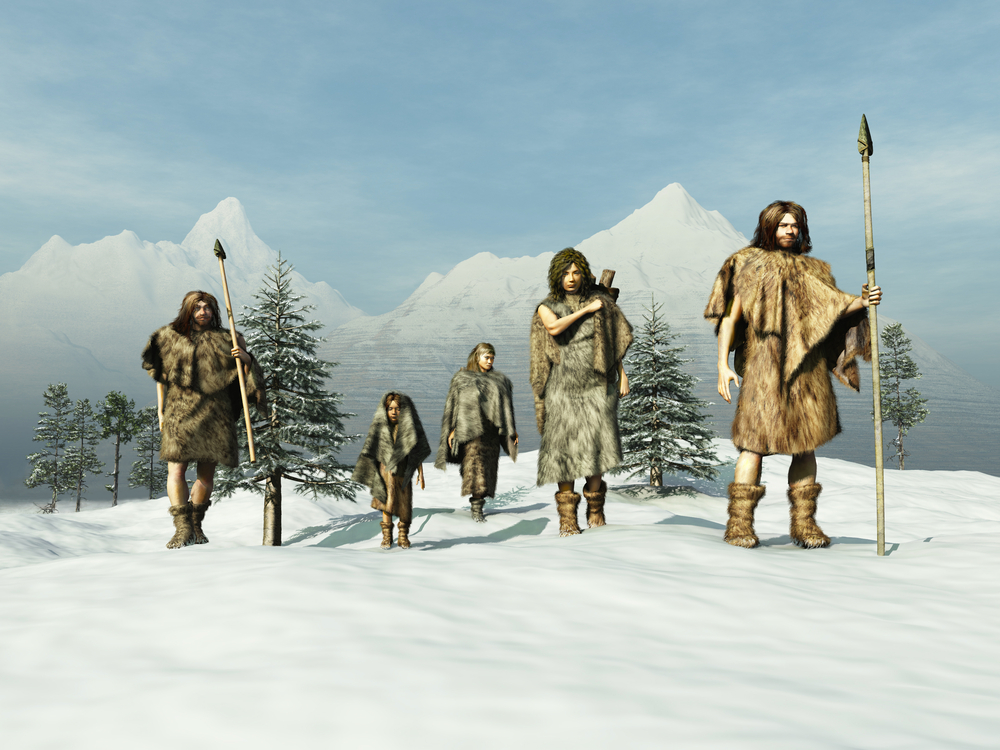
The Gravetians dominated Ice Age Europe, where they hunted mammoths with particular aplomb. But in a warming world, their particular movement has fallen by the wayside. With so much of the world’s water locked in ice, the Gravettians built houses out of mammoth bones and carved early art—including Venus of Willendorf statues.
The Gravetian people first settled in Europe around 32,000 years ago, according to a new study that traces their movement across the continent, and displaced the existing Aurignacian culture, ushering in a new technological era.
Genomes of mammoth hunters
The new study analyzed the DNA of 356 hunter-gatherers, including 116 new individuals from 14 different countries, in an attempt to map the movements of early humans during this critical period. The analysis revealed that although groups of Gravettians may have lived in different areas and lacked genetic heritage, they still shared a common culture.
Many Gravettians were skilled mammoth hunters and built sturdy structures from the animal’s bones, such as those at Předmosti, an archaeological site in the Czech Republic where researchers discovered extensive evidence of dogs used for transport or hunting.
Members of the Gravettian culture they wore shells as ornamentssew clothes with bone needles and they bred working dogs they fed on reindeer meat. They created a bristling armory that included the eponymous Gravette point, a narrow stone spearhead used to pierce large game. And maybe they have used bows and javelins as well. They walked across the vast Ice Age steppe that dominated Europe, across the dry grasses that fed their formidable prey.
As such, the Gravetian phenomenon proved pivotal in early Europe. Their gene pool persisted for about 20,000 years and influenced other groups, such as the Solutreans and Magdalenians, who lived through the bitter Last Glacial Maximum, the coldest period of the last Ice Age. Between 25,000 and 19,000 years ago, these descendants settled in modern-day France and Iberia before spreading northeast into the rest of Europe.
During the Last Glacial Maximum, glaciers spread up to 25 percent of the global land mass and sea level fell more than 400 feet, revealing the land beneath the English Channel.
Warmer Europe
Everywhere else the Gravettian line seems to have hit a brick wall. Traces of it in present-day Italy and the Czech Republic disappeared during the glacial event, as if the pioneers died or moved elsewhere. Another archaeological culture, the Epigraves of the Balkans, replaced them and then spread across Europe as the climate began to warm.
About 14,000 years ago, “The climate warmed rapidly and significantly and forests spread across the European continent,” says Johannes Krause, senior author of the Max Planck Institute for Evolutionary Anthropology in a press release. “This may have prompted people from the south to expand their habitat.”
As the climate changed and new cultures invaded, many other hunter-gatherers may have retreated north, where the vast steppe still exists.
The emergence of agriculture
Despite these migrations, hunter-gatherer genomes remained relatively isolated from each other until about 8,000 years ago, when early farmers from Asia Minor brought trade to Europe along with a sedentary lifestyle. While some hunter-gatherers fled north, many mingled with farmers and produced children.
The first left behind a lasting cultural legacy in the form of Statues of Venus, small stone or ivory statues of women with large breasts and hips that formed one of the world’s first movements in art. Archaeologists are still unsure whether the statutes had a shamanic meaning or some other meaning.

